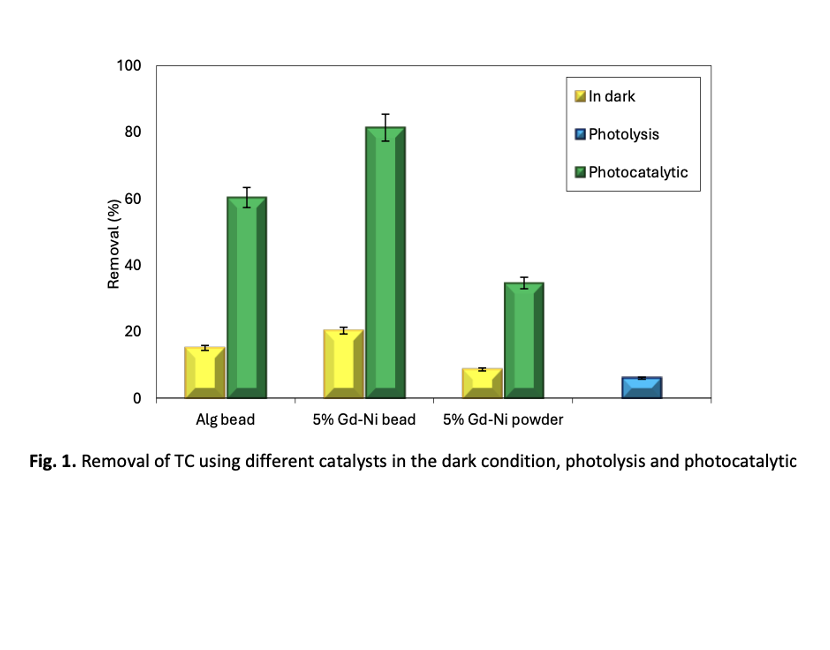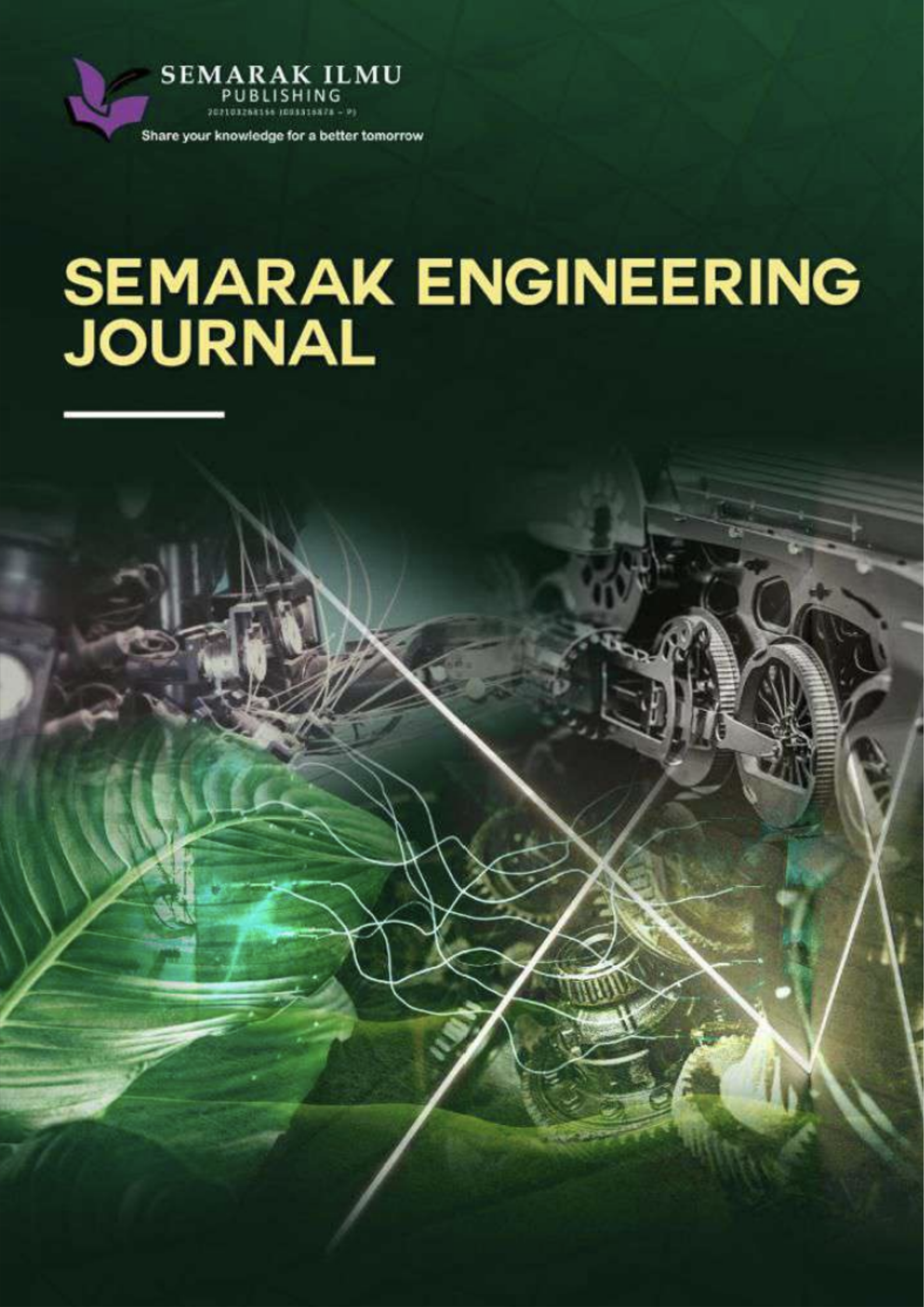Next-Generation 5% GD-Ni Functionalized Alginate Beads for Innovative Visible-Light Photocatalytic Degradation of Tetracycline
Keywords:
Photocatalytic, gadolinium, nickel, photocatalyst, TetracyclineAbstract
Tetracycline (TC) is a typical traditional antibiotic with high prevalence and persistence, commonly used in livestock farming; and its poor degradability and impact on antibacterial resistance in aquatic ecology are great environmental challenges. The conventional wastewater treatment observed insufficient to remove them, making sustainable remediation technologies even more necessary. The calcium-alginate beads were co-doped with gadolinium (Gd) and nickel (Ni) to develop the photocatalyst via the sol-gel and precipitation approach. The improved visible-light photocatalytic performance of Gd³⁺/Ni²⁺ modified is attributed to the improved light-harvesting, inhibited electron-hole recombination and preferred generation of ROS. Photodegradation experiments and tests showed that the initial TC concentration, pH, and dosage were the major factors affecting the catalytic activity. The optimal degradation efficiency (81%) was obtained within 120 min (pH 5, catalyst dosage of 3 g/L, and 20 mg/L) in the best conditions. In addition, the photocatalytic degradation of TC using 5% Gd-Ni bead catalysts was also properly expressed by the Langmuir–Hinshelwood kinetic model, so that the reaction rate constant (KR value) and the equilibrium adsorption constant (KLH) were compared. Due to its excellent performance, low toxicity and reusability, the 5% Gd–Ni/alginate system showed their potential use as a sustainable photocatalyst for AOPs in the elimination of pharmaceutics of concern.










